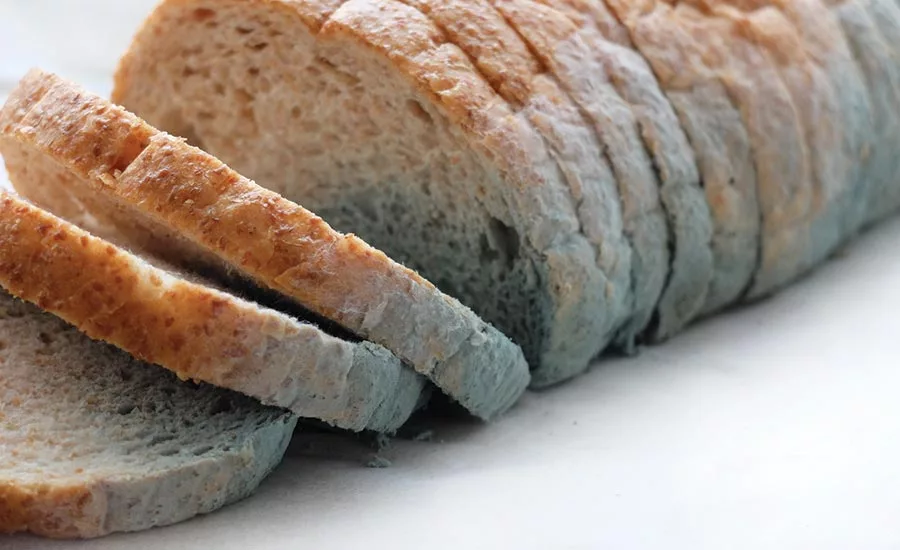Food Packaging
Clemson researchers working on packaging that detects food spoilage
Intelligent packaging uses sensors to detect when food begins to go bad

The next innovation in food and beverage packaging could tell you when that cheese in the back of the fridge is getting too old to eat.
Clemson University researchers are working to develop packages that would use communication between cells to detect spoiling food.
This “intelligent” packaging would use sensors to detect biological processes—specifically, the signals cells send to each other when they start to break down.
Kay Cooksey and Claudia Ionita of the Clemson food, nutrition and packaging sciences department are designing sensors that would identify autoinducers present in packaged foods.
“The idea behind the quorum sensing is that it makes use of a biological process that microorganisms normally do,” explains Cooksey, the Cryovac endowed chair in the department.
Cooksey and Ionita will identify autoinducers present in packaged foods and design a biosensor array that can monitor the development of microbes that can cause food spoilage.
Current packaging methods to detect food spoilage use labels or materials that change color when they detect volatiles such as ammonia or sulfur from the breakdown of proteins in meat. But according to Cooksey, labels or materials that change colors are limited in use, are not a direct indicator of spoilage and usually signal when it is too late to be useful.
Looking for quick answers on food safety topics?
Try Ask FSM, our new smart AI search tool.
Ask FSM →
“By the time the color change occurs, the human nose can just as easily detect the aroma of the volatiles,” Cooksey says. “Results from the proposed research will serve as a foundation for biosensors and ultimately intelligent packaging to effectively monitor changes in food and, in turn, improve food quality and safety.”
For more information, visit clemson.edu.









